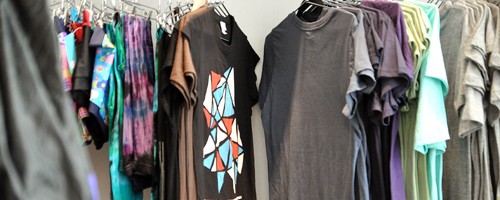Hitmakers’ goes inside the Brill Building
“Hitmakers: The Teens Who Stole Pop Music”
Tonight
7 p.m.
$6.50 general
$5.50 students/seniors
Guild Theater
Southwest Ninth and Taylor
Director Morgan Neville’s “Hitmakers: The Teens Who Stole Pop Music” is a look at the inner workings of the Brill Building and its offshoot just up the street on Manhattan’s Broadway.
The Brill Building was basically a songwriting factory, a place where songwriters and publishers worked tirelessly to create hit after hit during the ’50s and ’60s. Originally home to Broadway songwriters, the advent of the teen market dictated that new songwriters come to the fore to take to the benches of the buildings’ dozens upon dozens of pianos. Publishers needed new blood for a public grown tired of pap like “How Much is That Doggie in the Window?” – songs written by adults for teens. The publishers needed young people to write for young people.
The growing popularity of black music among white audiences brought young Jewish kids from Brooklyn with a penchant for rhythm and blues and all things black American to the Brill Building.
These kids emulated all things black, and did such a good job of it, that they became accepted and emulated by the black population itself (remind you of anyone today?).
They worked out of cubicles each equipped with a piano, a desk and an ashtray, and churned out all those songs heard on oldies radio today.
Hits like “Hound Dog,” “Going to the Chapel,” “Who Put the Bomp in the Bomp Bomp Bomp” and “Splish Splash” were all early Brill Building hits.
Of course, the British Invasion changed everything, and this film’s greatest strength is perhaps how the director deals with the wane of the Brill sound’s popularity. Some of the songwriters succumbed to drugs, and music publisher extraordinaire Jim Kershner became infamously known as the man who invented the Monkees and the Archies.
Needless to say, all of these people got filthy rich off of their work. “After that I never had to work another honest day in my life,” Gerry Goffin, Carole King’s songwritng partner, said of the result of their first number one hit.
“It would have been nice to write some songs that mattered, ” he continued.
Interspersing old footage of the innocent ’50s with recent interviews with some of the hitmakers like Carole King, Dionne Warwick, Neil Sedaka and many more, “Hitmakers” gives an insider’s view of an old warhorse of American entertainment.
And come they did, young Jewish kids from




